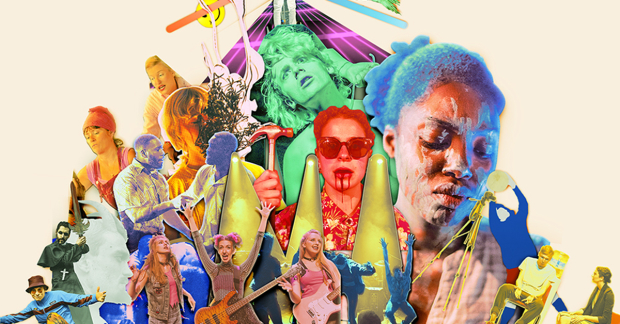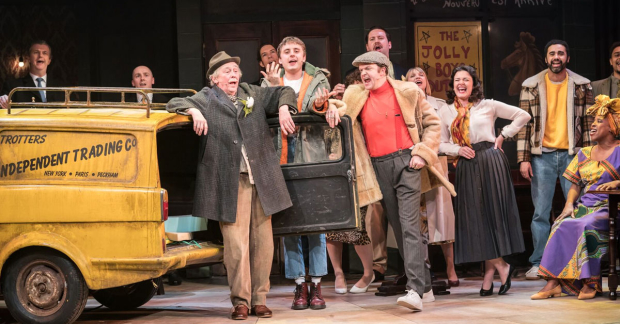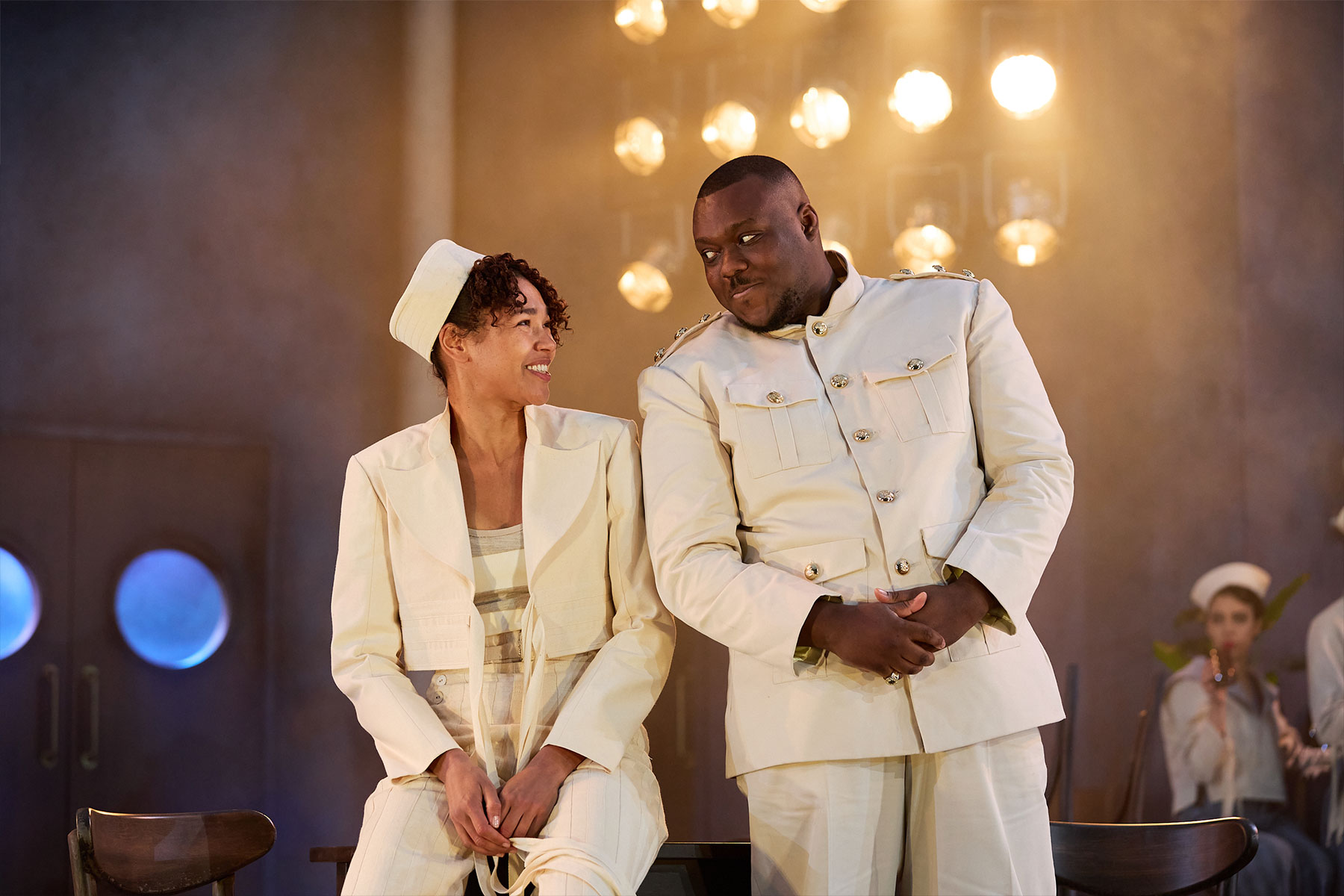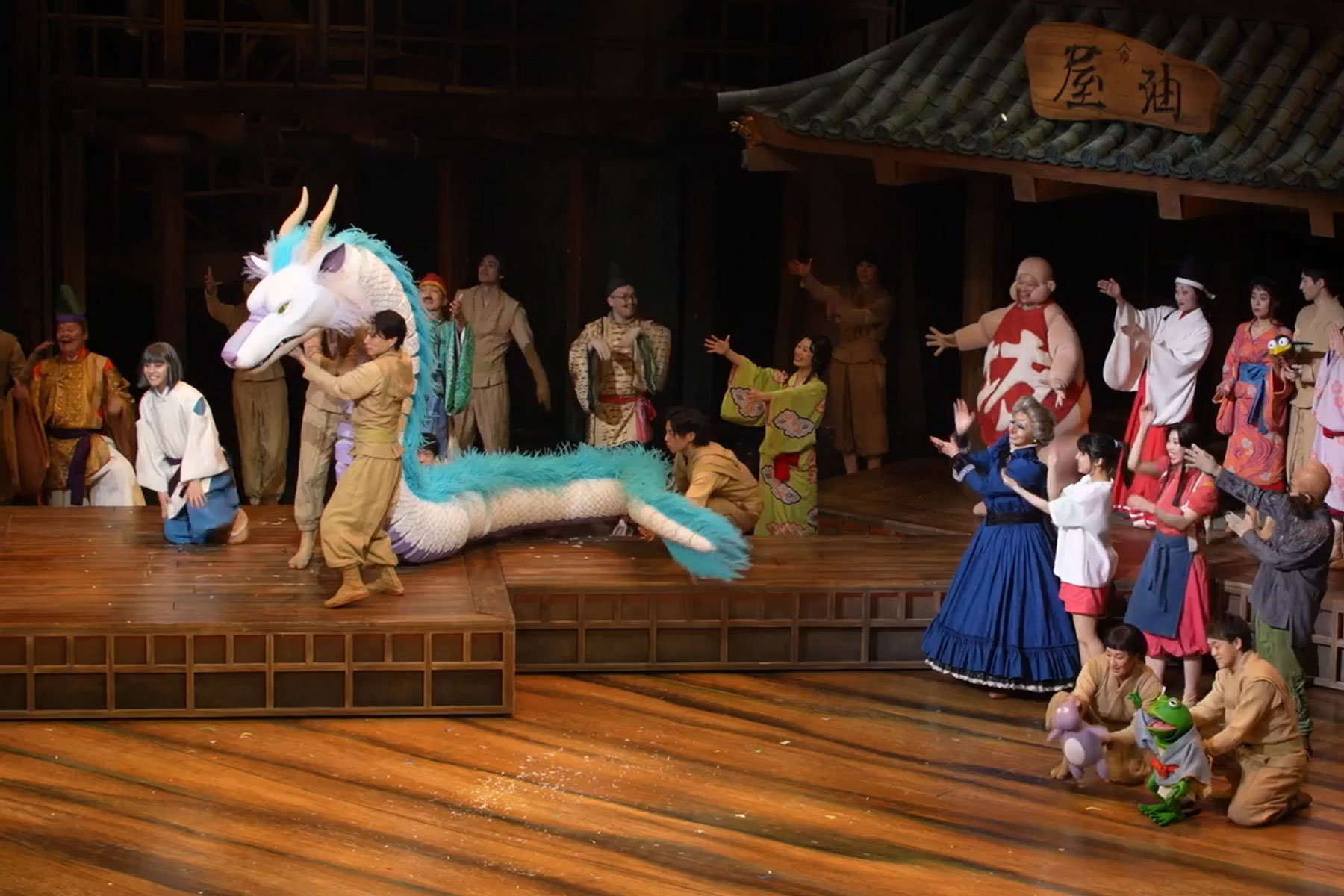Five wild and raucous reasons you need to see A Midsummer Night's DROLL this week

Award-winning theatre company the Owle Schreame return to VAULT Festival with a wild and raucous reimagining of Shakespeare's classic comedy that's almost as old as the original. We asked artistic director Brice Stratford for five reasons to be excited about the history-making A Midsummer Night's Droll.
1) First production in almost 400 years

In 1642 theatre became illegal. A religious extremist government took power in Britain and imposed strict and oppressive laws, even outlawing Christmas festivities. But theatre didn't die. While the best actors retired or emigrated, and the middling actors changed profession, the roughest and wildest actors (the ones incapable of holding down any other kind of job) became criminals. They toured back alleys and taverns, performing strange edited versions of popular old plays, without set, with barely any costume or props. Half the time they were dragged off to jail before they could finish. This new form of guerrilla theatre was called a "Droll", and about 30 of the scripts survive (the most important of which is undoubtedly the Midsummer Night's Dream adaptation); despite literally inventing fringe theatre, this obscure form has been almost completely ignored by academics and actors alike for almost 400 years. Until now.
2) The earliest Shakespearean adaptation in history
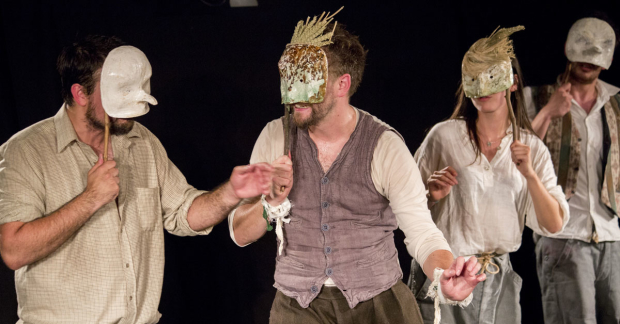
A Midsummer Night's DROLL is one of only three Shakespearean Drolls which exist. It is the oldest surviving adaptation of Shakespeare, the first example we have of actors "doubling" to make an artistic statement, and potentially the earliest Shakespearean performance text on record. This was Shakespeare designed for the working man; the aristocrats have all been excised, and instead this ale-house version focuses on the bawdy humour and working class characters, delving even deeper in the rustic fairy folklore. This is a hugely important text, and this is a once in (several) lifetimes opportunity to see it.
3) Folk costumes made of straw

We've collaborated with the extraordinary costume designer Amelie Rousseau to create an array of fairy costumes inspired by English Folk Rituals. Made entirely from straw, dried plants, wood and other organic materials, these wonderful outfits emphasise not only the natural world of the fairies, but also the visual language that would have been familiar to the 17th century peasant audiences. Combined with a form of medieval puppetry, each puppet hand-crafted from dried gourds by Laura Romer-Ormiston, these seem at once alien and strangely familiar, exotic but also homely; exactly as the fairies themselves.
4) The "Folk-Horror" fairies
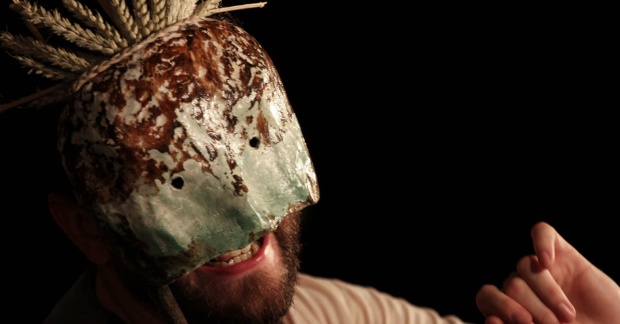
The fairies themselves are subtly different from in the original text. Rather than Puck, we have Pugg – a demon character also seen in the Ben Jonson play The Devil is an Ass. These are not the polished, dainty fairies of high-brow culture and romance, but base, raw, rustic pixies and sprites, paradoxical and contradictory and illogical. The refinement of the original is gone, and what remains has been injected with the rough folklore of the 17th century underclass, with pre-Reformation (even pre-Christian) folk memories woven throughout.
5) It is genuinely hilarious!
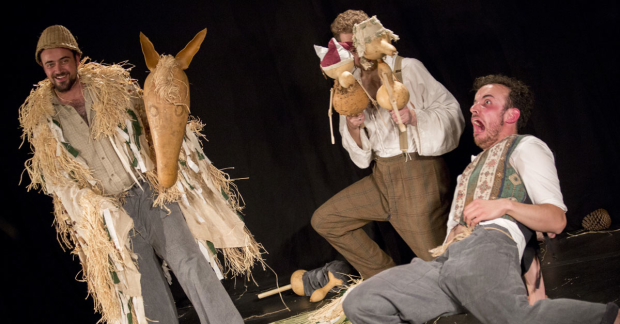
On top of all this, the play is hilarious. Not funny in an "ah yes, very good, tee hee" way, or in an "oh I understand! Very clever" way, but in a mindless and hysterical "I am in pain and can't stop laughing" way. The infamously "clever" jokes which frustrate many a GCSE student are all but gone, in favour of bawdy, physical, surreal humour designed to make the lowest of the low laugh into his beer. This form is closer to Pantomime than to the RSC, and is all the better for it. This is a working text, designed to make the hardest and roughest of audiences cackle heartily enough to part with their hard earned coins rather than turn the actors in to the authorities. There's no room for anything that doesn't work with immediacy, and it is as successful in doing that today as it was 350 years ago.



